Main Navigation Menu
© 2025 Tech Jacks Soutions, All Rights Reserved
© 2025 Tech Jacks Soutions, All Rights Reserved

The Xbox retail apocalypse has arrived as major retailers including Costco and Sam’s Club liquidate console inventory through fire-sale pricing while eliminating future restocking plans. TheGamer reports Costco isn’t the only retailer clearancing Xbox consoles as Sam’s Club has joined the exodus demonstrating systematic retail abandonment where third-largest U.S. distributor declares Xbox hardware commercially nonviable. The clearance catastrophe exposes Game Pass subscription strategy’s retail consequences where digital-first economics destroy physical distribution relationships that sustained console gaming for decades.

Game Rant confirms Costco comments on Xbox console removal, providing official acknowledgment that the wholesale giant will no longer carry Microsoft gaming hardware following inventory liquidation. The Xbox retail slowdown includes America’s third-largest retailer by revenue deciding that console sales cannot justify shelf space or inventory investment needed for physical product distribution.
TheGamer details retailers selling Xbox Series consoles at extremely low prices, with Costco offering $200 Xbox Series X units, a 71% discount from the $699 suggested retail price. This fire-sale pricing shows desperate liquidation efforts, with retailers accepting heavy losses to clear deadstock rather than maintaining inventory lacking consumer demand or profitable sales velocity.
The $200 Xbox Series X represents the most dramatic console clearance in recent gaming history, with premium hardware selling below production costs, signaling a complete breakdown in retail relationships. The Xbox retail slowdown creates an unprecedented situation where five-year-old generation consoles require deeper discounts than typical end-of-lifecycle clearances, indicating fundamental demand failure rather than normal product maturity.
Reddit discussions confirm that U.S. retailers have stopped restocking Xbox consoles, leading to permanent loss of distribution channels rather than temporary inventory adjustments. This restocking halt suggests the retail industry agrees that Xbox hardware is a poor investment, as shelf space generates better returns from alternative product categories.
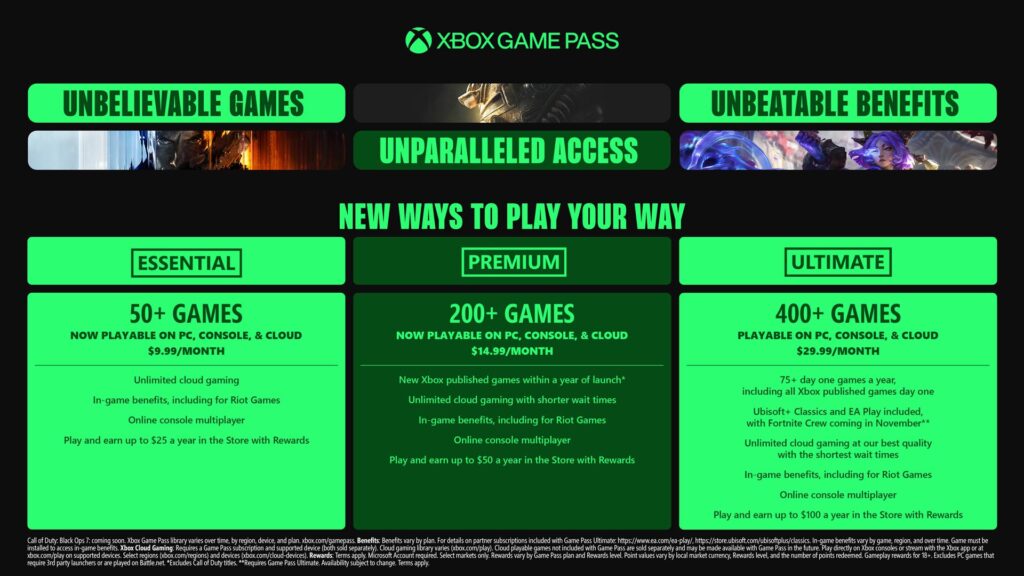
GamesIndustry.biz analysis argues retailers were always going to drop Xbox over Game Pass contextualizing current exodus as predictable outcome of subscription strategy undermining physical software sales. The Xbox retail apocalypse validates concerns that digital-first business models destroy retailer incentives supporting hardware distribution when software profit opportunities evaporate.
The Game Pass economic model eliminates software sales commissions that historically justified retailer investments in console hardware despite low profit margins. When subscription services replace individual game purchases, the business model erodes retailer revenue streams, creating systematic conflict where distributors abandon platforms offering insufficient profit potential.
This retail abandonment shows how Microsoft’s digital strategy has alienated former distribution partners who invested billions to grow the Xbox ecosystem. The Xbox retail crisis illustrates relationship breakdowns where short-term Game Pass subscriber gains have sacrificed long-term retail collaborations crucial for broader market success.
The collapse of the distribution channel triggers a vicious cycle: retail abandonment reduces consumer access to hardware, limiting platform growth that could eventually lead to more Game Pass subscriptions. When retailers stop stocking consoles, Microsoft loses vital physical presence in mass-market shopping areas where impulse buying and gift-giving drive significant console sales.
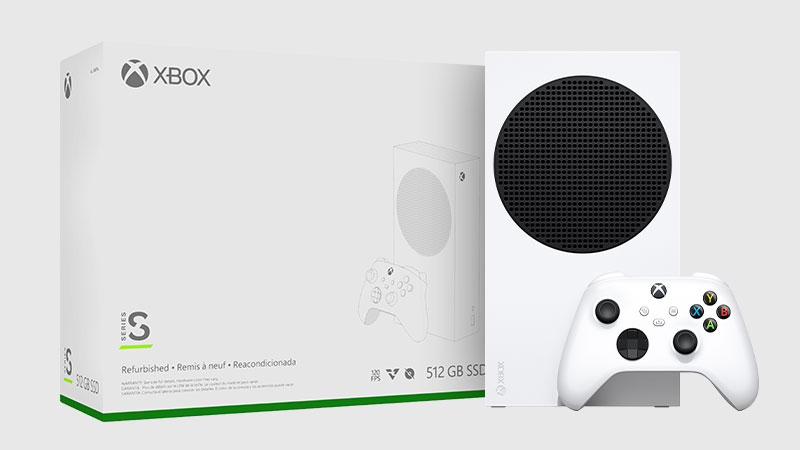
PC Gamer reports former Blizzard president criticizes Microsoft for two Xbox price hikes in one year stating “console price increases are not tariff issues, they are profit issues.” The Xbox retail apocalypse includes absurd contradiction where Microsoft raises suggested retail prices while retailers simultaneously liquidate inventory at catastrophic discounts.
VGChartz confirms Microsoft will increase Xbox Series X and S prices in U.S. again marking second price adjustment within twelve months during hardware generation’s fifth year. The timing exposes corporate disconnect where leadership pursues profit margin expansion while retail partners abandon platform entirely through clearance liquidation.
The hypocrisy behind the price increase shows Microsoft’s focus on maximizing immediate sales revenue rather than maintaining retail relationships or growing market share. The Xbox retail crisis exposes strategic priorities where short-term profits take precedence over preserving distribution partnerships vital for the platform’s long-term success.
The former Blizzard executive’s label of “profit issues” reveals Microsoft’s dishonest justifications for price hikes that are driven solely by margin improvement. When industry insiders publicly contradict corporate claims about pricing needs, the criticism reinforces consumer skepticism about exploitation masked as external cost pressures.
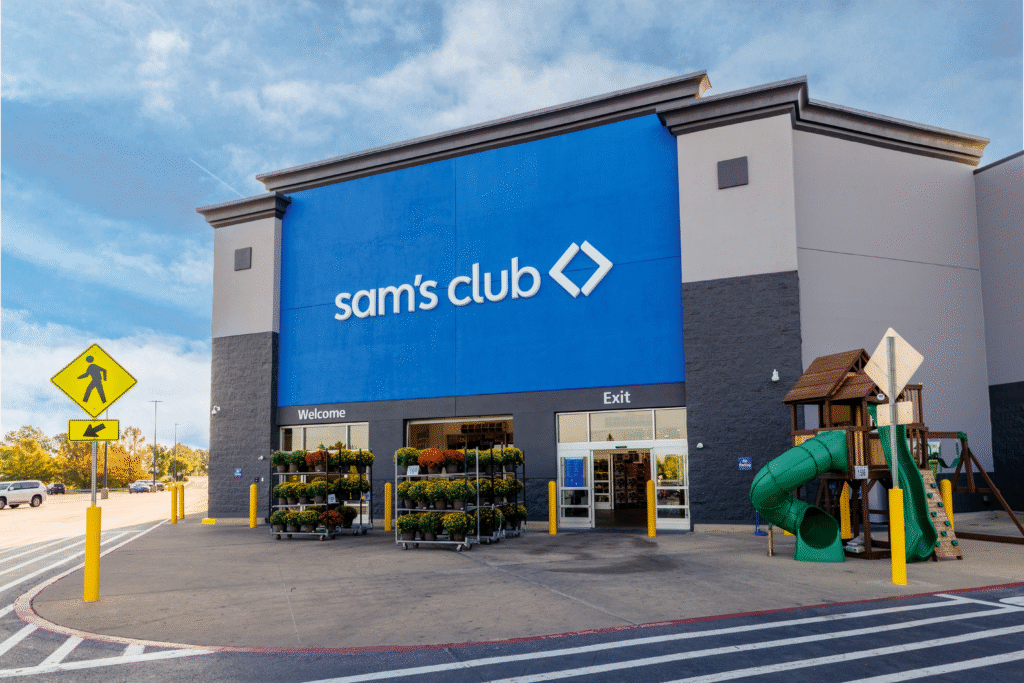
Sam’s Club’s participation in clearance sales marks a particularly devastating blow, as Walmart’s subsidiary joining the retail exodus eliminates a critical distribution channel for America’s largest retail family. The Xbox retail decline extends beyond individual chains to include entire retail ecosystems, where parent company decisions ripple through multiple distribution brands.
The connection to Walmart suggests a broader corporate assessment that Xbox hardware lacks the commercial viability to justify ongoing support across retail outlets. When retail giants coordinate Xbox abandonment across their subsidiaries, this systematic withdrawal indicates an industry-wide consensus that the platform’s investment prospects are poor.
The coordinated clearance effort between Costco and Sam’s Club hints at possible supplier communications, where retailers share Xbox performance data revealing widespread demand issues. The Xbox retail collapse may reflect a collective intelligence, with distributors sharing notes and discovering similar experiences of sluggish sales and stagnant inventories.
The abandonment of the wholesale club format is particularly damaging, as bulk retailers traditionally excel at moving electronics through value pricing and membership shopping patterns. When even discount-focused distributors cannot maintain Xbox sales to justify inventory investments, this failure exposes a fundamental demand collapse that goes beyond pricing or marketing problems.

Forbes declares Xbox’s strategy is becoming “actively repellant to players” providing mainstream media validation of consumer and retail rejection. The Xbox retail apocalypse receives editorial contextualization as predictable outcome of corporate policies systematically alienating customers and distribution partners through exploitative practices.
The “actively repellant” characterization signals significant mainstream condemnation, where respected technology journalism uses language usually reserved for major product failures. When publications like Forbes describe platform strategy with repulsion metaphors, the message extends beyond gaming enthusiasts to general business audiences assessing Microsoft’s gaming division.
The player rejection analysis links retail abandonment to consumer dissatisfaction, driven by Game Pass price hikes and tier complexity, leading to subscription cancellations. The Xbox retail crisis results from a collapsing ecosystem-wide value proposition, affecting both consumers and distribution partners through systematic trust erosion.
The Forbes perspective suggests industry consensus that Microsoft’s gaming strategy needs a fundamental overhaul rather than minor tactical tweaks. When mainstream business media call the platform approach “repellant,” the severity implies potential existential threats to Xbox’s brand viability, going beyond typical competitive pressures.
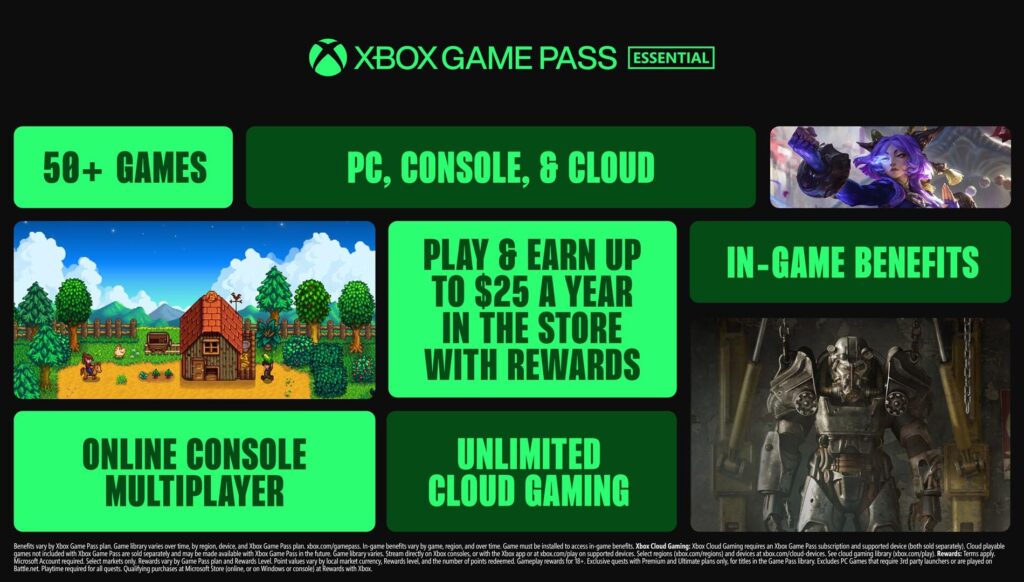
GamesMarkt reports Xbox revenue in Q4 FY25 exceeds expectations creating paradox where financial performance improves while retail relationships collapse. The Xbox retail apocalypse demonstrates a disconnect between corporate earnings metrics and platform ecosystem health indicators.
The revenue success probably reflects contributions from Activision-Blizzard acquisition rather than organic growth in the Xbox business. When improvements in financial performance come from merger accounting instead of operational excellence, the metrics can give false confidence in the strategic direction while hiding underlying issues with the platform.
The quarterly results might highlight Game Pass subscription revenue and digital software sales, which compensate for the collapse of hardware distribution. The Xbox retail decline suggests Microsoft favors direct-to-consumer digital channels over retail partnerships, viewing physical distribution as outdated infrastructure that should be eliminated rather than maintained.
The contradiction between financial and retail performance reveals problems with corporate measurement. When quarterly earnings focus on short-term results, they can blind leadership to long-term risks to platform viability. When companies celebrate revenue growth while losing crucial distribution channels, this strategic shortsightedness can lead to delayed consequences — where financial gains mask fundamental problems that eventually result in a loss of market share.

The retail abandonment eliminates Xbox’s physical presence in mainstream shopping environments where casual consumers discover gaming hardware through browsing rather than deliberate research. The Xbox retail apocalypse destroys impulse purchase opportunities and gift-giving convenience that drive significant console adoption among non-enthusiast demographics.
The distribution collapse particularly damages holiday sales where warehouse clubs and big-box retailers traditionally generate massive console volume through seasonal shopping patterns. When retailers abandon Xbox during critical fourth-quarter selling period, the timing maximizes commercial damage during gaming industry’s most profitable months.
The physical elimination creates information asymmetry where consumers lacking gaming knowledge cannot easily compare Xbox against PlayStation alternatives without dedicated research. The Xbox retail apocalypse removes casual shopping encounters that historically converted undecided consumers through sales associate recommendations and product demonstrations.
The mass market access loss proves particularly devastating for family purchases where parents and gift-givers rely on retail availability and employee guidance. When Xbox disappears from stores where mainstream shoppers make electronics decisions, the platform loses exactly the customer acquisition channels required for sustained growth beyond hardcore enthusiast base.

The $200 Xbox Series X clearance pricing creates permanent consumer value perception damage where future full-price purchases appear exploitative after witnessing fire-sale liquidation. The Xbox retail apocalypse establishes price anchors suggesting $200-300 represents appropriate hardware valuation rather than Microsoft’s $699 suggested retail positioning.
The clearance memory effects extend beyond immediate liquidation to affect future generation launches where consumers remember current-generation consoles selling at 71% discounts. When next Xbox iteration debuts at premium pricing, the historical context creates resistance from shoppers expecting similar dramatic price reductions rather than launch-period premiums.
The value perception damage compounds through social sharing where clearance hunters publicize incredible deals creating awareness that Xbox hardware can be acquired far below suggested retail. The Xbox retail apocalypse generates organic negative marketing through deal communities celebrating retailer desperation selling premium consoles at unprecedented discounts.
The price memory particularly affects trade-in markets where used console values collapse when new hardware sells below secondary market pricing. When retailers liquidate new Xbox consoles below GameStop’s used pricing, the market disruption destroys resale value perceptions critical for upgrade cycle participation and platform ecosystem fluidity.
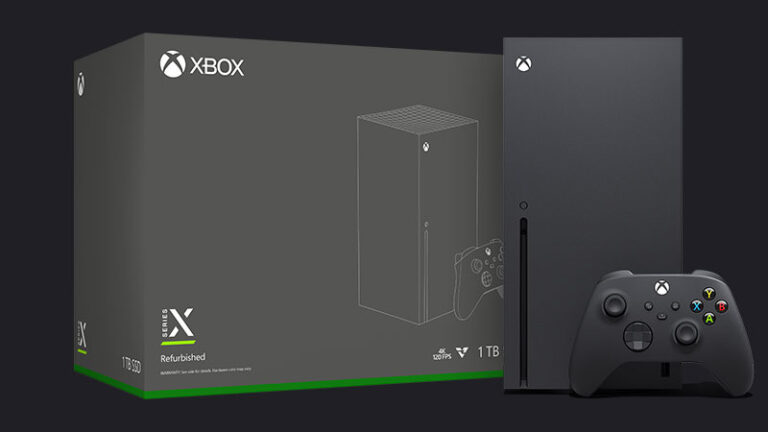
The Xbox retail apocalypse symbolizes a catastrophic collapse of distribution relationships, where America’s third-largest retailer and Walmart’s subsidiary simultaneously abandon Microsoft gaming hardware through a fire-sale liquidation. This systematic retail exodus highlights the inevitable consequences of the Game Pass subscription strategy, where digital-first economics undermine physical distribution partnerships essential for mass-market console penetration.
The withdrawal by Costco eliminates key wholesale club distribution channels, reducing mainstream consumer access to gaming hardware via membership shopping patterns. The cessation of restocking indicates a permanent termination of relationships rather than a temporary inventory adjustment, suggesting a consensus within the retail industry that Xbox’s commercial viability is declining.
The conflict over Game Pass retail reveals predictions that subscription services would provoke opposition from distributors, who lose software commission revenue. This breakdown demonstrates how Microsoft’s digital strategy prioritized short-term subscriber growth at the expense of vital distribution partnerships, ultimately failing to generate sustainable platform expansion.
Price hike hypocrisy exposes a disconnect within Microsoft, as the company raises suggested retail prices while partners liquidate inventory at significant discounts. This contradiction reveals strategic incoherence, where the desire to expand profit margins conflicts with the need to preserve retail relationships crucial for maintaining market presence.
The exodus of Sam’s Club signifies rejection beyond individual chains, reflecting a broader industry consensus about the Xbox’s poor commercial prospects. It indicates willingness among retailers to abandon the platform altogether, transcending specific circumstances or competitive positioning.
Mainstream validation from Forbes condemns Xbox’s strategy as “actively repellant to players,” demonstrating the severity of consumer and retail rejection. This editorial perspective extends beyond gaming enthusiasts to general business audiences, questioning Microsoft’s gaming division’s fundamental viability.
Despite the collapse of retail channels, the company’s revenue success masks underlying platform decline. This short-sighted focus on quarterly financial metrics enables continued strategic errors and undermines long-term ecosystem health, as the loss of distribution channels erodes essential market access.
The disappearance of physical presence removes Xbox from mainstream shopping environments, eliminating opportunities for impulse buys and gift purchases. This loss of mass-market access proves to be damaging for attracting casual gamers, who are vital for platform sustainability beyond hardcore enthusiasts.
The memory of clearance sales—such as the $200 Xbox Series X—damages consumer expectations, making premium positioning seem incompatible with current liquidation prices. Such discounting creates anchoring effects that will impact future console launches, as shoppers recall the recent hardware liquidation at discounts of 71%.
Industry observers should see the Xbox retail apocalypse as a cautionary tale about digital-first strategies that undermine physical distribution relationships. The widespread retail abandonment illustrates how subscription economics can create unavoidable conflicts with traditional commerce partners, hindering hardware penetration.
Microsoft faces critical questions about whether the Xbox platform can survive without major retail distribution or if a digital-only approach could achieve sufficient reach. The retail apocalypse suggests that continuing down this path may lead to marginalization or hardware exit, necessitating a fundamental strategic shift.
Gaming needs distribution models that support both the convenience of digital and the reliability of physical retail, ensuring consumer choice and access to the mainstream market. The Xbox retail apocalypse offers a lesson on maintaining ecosystem balance, highlighting how single-channel focus can destroy essential partnerships and threaten platform viability.
